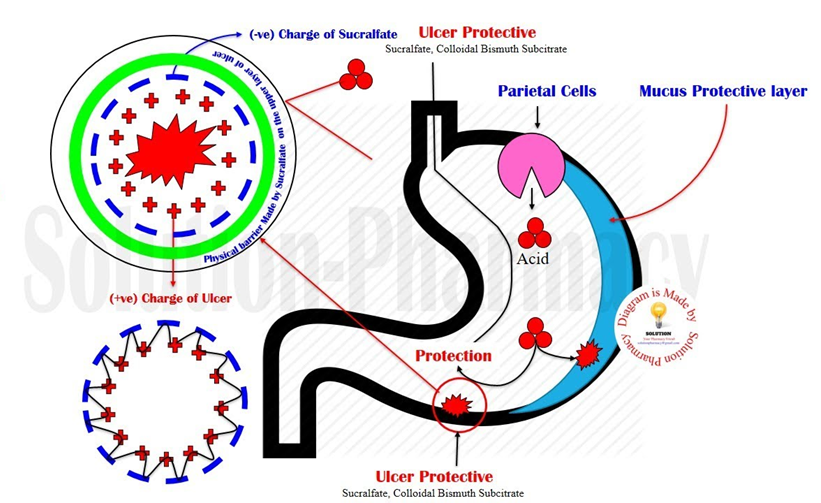What does the pharmacotherapy for Parkinson's disease intended to do?
Increase the amount of dopamine and reduce the amount of acetylcholine.
Increase the amount of dopamine and acetylcholine.
Reduce the amount of dopamine and increase the amount of acetylcholine.
Reduce the amount of dopamine and acetylcholine.
The Correct Answer is A
A. Increase the amount of dopamine and reduce the amount of acetylcholine:
This is the correct answer. Parkinson's disease is characterized by a deficiency of dopamine, so medications aim to increase dopamine levels. Additionally, reducing the activity of acetylcholine helps to restore the balance between these neurotransmitters.
B. Increase the amount of dopamine and acetylcholine:
This is not accurate. Increasing both dopamine and acetylcholine would not address the underlying imbalance seen in Parkinson's disease.
C. Reduce the amount of dopamine and increase the amount of acetylcholine:
This is incorrect. Parkinson's disease involves a reduction in dopamine levels, so reducing dopamine further would worsen the symptoms. Additionally, increasing acetylcholine is not the therapeutic goal in Parkinson's disease.
D. Reduce the amount of dopamine and acetylcholine:
This is not the correct approach. Decreasing both dopamine and acetylcholine would exacerbate the symptoms of Parkinson's disease, as the primary issue is the deficiency of dopamine.
Nursing Test Bank
Naxlex Comprehensive Predictor Exams
Related Questions
Correct Answer is D
Explanation
A. "I may experience urinary retention, dry mouth, and constipation."
This statement is accurate. Urinary retention, dry mouth, and constipation are common side effects of carbidopa-levodopa. The patient should be aware of these potential side effects and report them to the healthcare provider if they become problematic.
B. "I may feel dizzy at first, but this side effect will go away with time."
This statement is accurate. Dizziness is a common initial side effect of carbidopa-levodopa, and it often improves with continued use. The patient should be encouraged to report persistent dizziness to the healthcare provider.
C. "I should report nightmares and mental disturbances to my provider."
This statement is accurate. Nightmares and mental disturbances can be side effects of carbidopa-levodopa. The patient should report these symptoms to the healthcare provider for further evaluation and potential adjustments to the medication.
D. "I should take the drug with food to increase absorption."
This statement indicates a need for further teaching. Carbidopa-levodopa is best absorbed when taken on an empty stomach. Taking it with food, especially high-protein meals, can reduce its absorption. The patient should be instructed to take the medication at least 30 minutes before meals or one to two hours after meals for optimal effectiveness.
Correct Answer is D
Explanation
A. Calm the patient to reduce acid production.
This description is not accurate for sucralfate. Calming the patient to reduce acid production is typically associated with medications like proton pump inhibitors (PPIs) or H2 receptor blockers.
B. Block the H2 receptors.
Blocking H2 receptors is the mechanism of action for H2 receptor blockers, such as ranitidine. It is not the mechanism of action for sucralfate.
C. Neutralize the gastric acids.
Neutralizing gastric acids is the mechanism of action for antacids, such as aluminum hydroxide or calcium carbonate. Sucralfate works differently; it forms a protective coating on the gastric lining rather than directly neutralizing acids.
D. Coat the gastric lining.
This is the correct mechanism of action for sucralfate. It forms a protective coating on the gastric lining, adhering to the ulcer site and providing a barrier against gastric acid.

Whether you are a student looking to ace your exams or a practicing nurse seeking to enhance your expertise , our nursing education contents will empower you with the confidence and competence to make a difference in the lives of patients and become a respected leader in the healthcare field.
Visit Naxlex, invest in your future and unlock endless possibilities with our unparalleled nursing education contents today
Report Wrong Answer on the Current Question
Do you disagree with the answer? If yes, what is your expected answer? Explain.
Kindly be descriptive with the issue you are facing.
